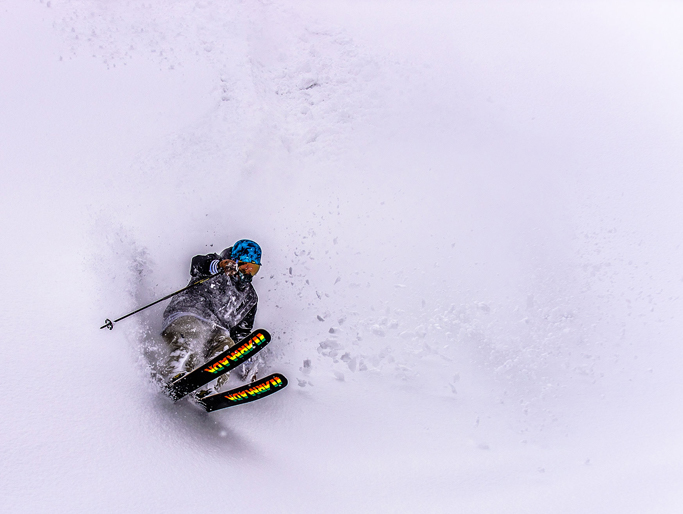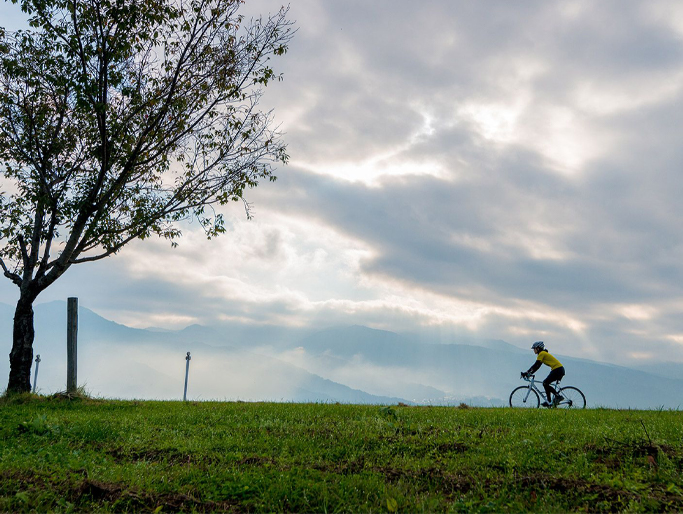About Shin’etsu Shizenkyo
An invitation to Japan’s wonderful natural world
Shin’etsu Shizenkyo Location
Shin’etsu is a name combining the old names for Nagano (Shinshu) and Niigata (Echigo) prefectures. Shizenkyo means “Nature Park.” And, appropriately, the Shin’etsu Shizenkyo is a natural wonder including the mountainous regions of northern Nagano and the Myoko city area of southern Niigata.

Here you’ll find a wealth of unique and exciting travel destinations, from the Shiga Kogen and Nozawa Onsen ski areas, both home to events of the 1998 Nagano Winter Olympics, to the world famous Snow Monkey Park, and two national parks—Joshin’etsu National Park to the east of the area, and the new Myoko-Togakushi Renzan National Park in the western area.

Magnificent mountains, deep snows, rolling rivers and four distinct seasons
For thousands of years, the people of Shin’etsu have lived in an environment of breathtaking natural beauty, but one with the challenges that come with a mountainous setting and some of the world’s heaviest snowfall. Life in these snowy mountains has shaped the unique culture of the Shin’etsu region.
Today this can be found in the cities of Iiyama, Myoko and Nakano; the towns of Iizuna, Shinano and Yamanouchi; and Kijimadaira, Nozawa Onsen and Sakae villages. Together, these form the Shin’etsu Shizenkyo, and all are committed to protecting the natural environment and the distinctive culture and warm hospitality that is a hallmark of Shin’etsu.
Discover this unique culture, and the four seasons of natural wonders, in Shin’etsu Shizenkyo.
The recent extension of the Hokuriku Shinkansen line through the area and the opening of the Iiyama Station, it’s even easier to access all the soaring peaks, rivers and lakes, brilliant flowers and green fields of the Japanese countryside.

The Charms of Shin’etsu Shizenkyo
The mountains truly define Shin’etsu Shizenkyo, and the nine communities of the region are set in the divides between these magnificent ranges. Although separated by the peaks, they have depended on each other for centuries for their very survival. There’s no better place to discover both nature and the distinctive culture of the region.

Welcome to Snow Country
Japan has gained fame in recent years as one of the snowiest countries in the world—but the Shin’etsu Shizenkyo area gets the most snowfall in all of Japan! One-day snowfalls of a meter are not unknown here, with a snowpack of four meters or more often accumulating in the mountains. This has long made this a mecca for Japanese skiers and boarders (this is where skiing began in Japan, after all), with some of the earliest resorts in the world being built right here. Skiing, snowboarding, snowshoeing, cross-country skiing and other snow activities are available throughout the area, along with building (or just enjoying) kamakura, the Japanese-style igloo that is a common sight at local winter festivals.
When those deep snows melt in spring, they provide the water for a natural ecosystem that includes not just the rivers and deep forests, but also the rice fields far below the peaks—and the great saké that is brewed throughout the region.

Pristine Natural World
Shin’etsu Shizenkyo is the home to both the Joshin’etsu Kogen National Park and the Myoko-Togakushi Renzan National Park. These encompass a vast range of natural environments: rivers, streams, ponds and lakes; connected mountain ranges and individual volcanic peaks; alpine marshes and flower-covered slopes; dense forests of buna (beech), sugi (cryptomeria) and dakekanba (Ermon’s birches) on the mountains.

Easy Access to Traditional Japan
Japan’s traditional arts, crafts, culture and cuisine have been handed down over the centuries, and are very much alive in Shin’etsu Shizenkyo. Just a short Shinkansen trip away from the bustle of Tokyo or Japan’s other modern metropolitan areas, and you travel into an area that where you can literally touch the true culture of Japan

Hokuriku Shinkansen Iiyama Station:
linking Shin’etsu Shizenkyo to Tokyo and Kanazawa.
Just one hour and 40 minutes from Tokyo
Iiyama Station on the Hokuriku Shinkansen line is the gateway to the natural beauty and cultural richness of Shin’etsu Shizenkyo. Just catch a train at Tokyo; a short trip away, and we’ll be there to welcome you!
More Infomation
The Guidance of your safety to enjoy activities in nature.
There is a lot of danger that you have to pay attention during enjoying activities in the mountains, rivers, lakes and ponds etc.
Have the knowledge and experience, and be ready for any situation.
We would reccomend you to have guides who are specialized in the feild or paticipate tours.
It is necessary to keep to its field regulations, rules and manners.



